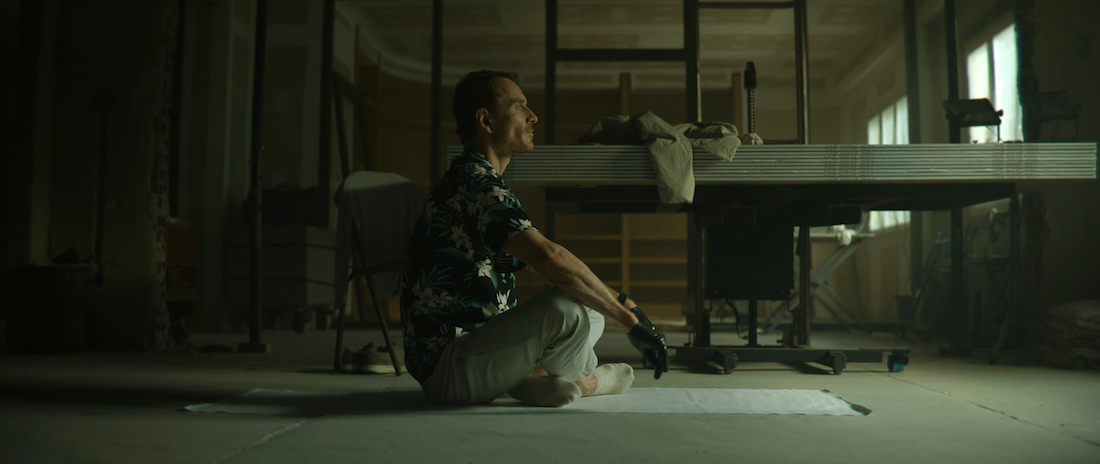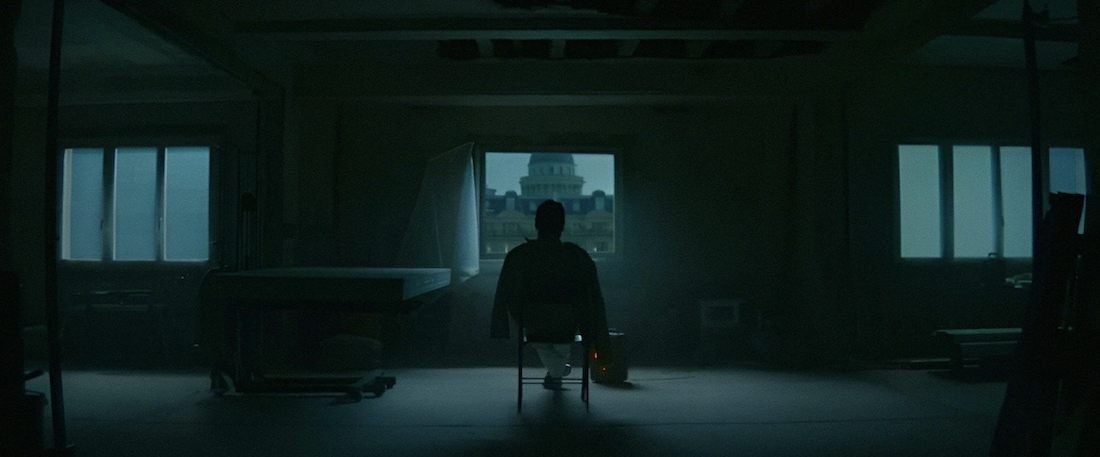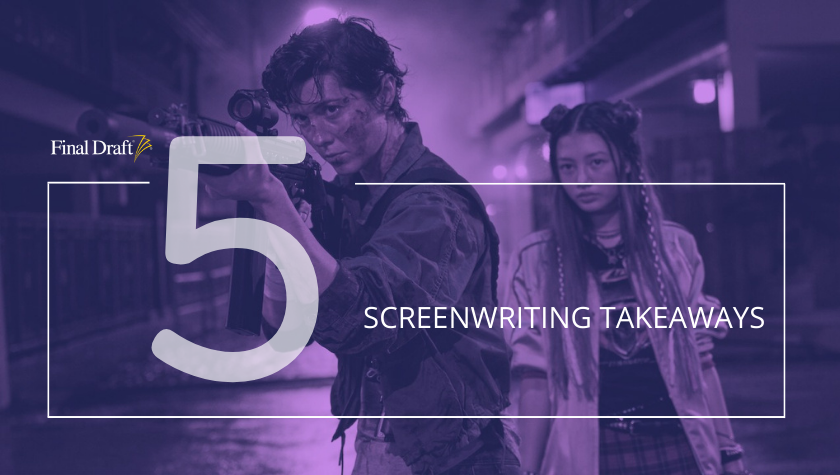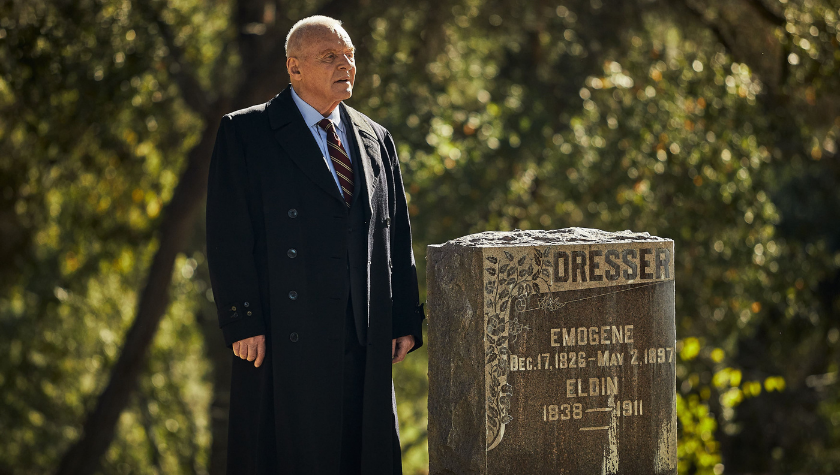What David Fincher’s ‘The Killer’ Can Teach You About Screenwriting
November 14, 2023
If you've ever wanted to write a thriller, David Fincher's film The Killer is a great example to learn from. Audiences are given a glimpse into the world of an assassin-for-hire and the problems an expert faces when things don’t quite go according to plan.
The story centers around the Killer (Michael Fassbender) who botches his latest job and now finds himself the target of those who hired him. It’s an international thriller in which the Killer confronts those he feels are responsible for his predicament and slowly works his way to finding the identity of the elusive Client who wanted him dead. The film is akin to a slow burn where the tension builds and the audience is asked to remain patient as the story boils to its conclusion.
The Killer was written by Andrew Kevin Walker based on a graphic novel by Alexis Nolent and Luc Jacamon. For the screenwriter looking to craft a smart, international thriller, The Killer offers some great insights.
Let's go over them!
Put Your Protagonist to the Test
It’s not likely that an assassin falls into that line of work on a whim so it’s critical that the assassin in your script is highly-skilled, professional, and has a routine. They know how to poison, shoot, and kill with creativity. The Killer shares through his voiceover that he’s done his 10,000 hours of his job and this makes him a professional.
But the movie gets going when the inciting incident occurs: he misses his target, something that he’s never done. Now, the movie takes that skill level and puts it to the test. Movies such as John Wick, Nobody, and Taken take these experts and put them into situations where they are hunted (or hunting) and must use what they know to survive or save.
Read More: How to Keep Your Protagonists in Peril

Assassins are just like any other expert in their respective field. Movies or TV shows about highly skilled professionals, whether they're lawyers (A Time to Kill), doctors (House), or bartenders (Cocktail), put these skills to the test to ensure a thrilling ride throughout the narrative.
V.O. is O.K.
At the beginning of the film, the Killer talks about the mundanity of his life as he spends days watching a target. As he muses about the number of people who die versus the number who are born every second, why McDonald’s is a good choice for protein, or shares his general thoughts about his work, he waits, stretches, works out, and roams around the city of Paris. This introduction is designed to show how the Killer operates and how boring the life of an assassin actually might be.
The voiceover puts the viewer directly into the mind of the protagonist. They are essentially guiding us through their specific thoughts. In the case of The Killer, he rambles on sharing with the audience the random things that enter his brain, and yet it all has to do with what the character is doing on screen.

Voiceovers are okay to use – many consider them a crutch in telling the plot – but as long as you use it with purpose and not to make up where the narrative may lack in clarity, they can be of value to the story.
Read More: Narration: How Voiceover Can Sometimes Make a Script Better
Show, Don’t Tell
The Killer is a great example of what it means to "show, don't tell" in filmmaking. There is very little dialogue throughout the movie. As the Killer navigates the world, his goal is to find the person responsible for sending an assassin to hunt him down but in order to find that individual, he must play detective. A lot of the film consists of the Killer watching, waiting, and moving quietly in different cities as he tracks down the answers he seeks.
The Killer is a great example of showing and not telling. As you watch the movie, consider how the screenwriter wrote compelling action and avoided the use of dialogue. What aspects of the scene would you describe to keep the reader’s interest? How would you keep the action moving instead of writing loads of exposition?

The Supporting Characters
People fear the Killer. When he shows up at someone’s office, home, or restaurant, you can almost see in their eyes that they know their fate is sealed. Their reactions to his presence differ but they’re all telling of who the main character is and what his being there means. Some break down crying while others are more accepting, yet these supporting characters are used to solidify who the Killer is to the audience.
The Killer’s interactions are far and few between but in each instance he shows a quiet intensity that plays off the varying supporting characters differently. While the lead stays the same and moves forward on his quest, it’s the supporting characters that make the interactions compelling simply by their reaction to him.
Seldom is there more than one supporting character in the scene with the Killer, so you can see how you can create a character to not only move the plot forward through action but also to highlight aspects of your protagonist through interaction.
Read More: It Builds Character Part IV: How to Write Secondary Characters

Chapter Breakdowns
Each location that the Killer goes to begins with a superimposed text representing a new chapter, the location, and his target. While your script may not be about an assassin on the run, the chapter concept can help you break down your story into more than just acts.
Each chapter can be a mini-movie of a series of scenes to help guide how your screenplay progresses. And while this is similar to act breakdowns, just thinking about them as chapters might be a new way to help outline your screenplay or shake things up if you’re struggling to move forward with an idea.
---
Once again, David Fincher proves his brilliance with this tense, moody flick. The Killer is a great case study of how to write a great thriller, complete with an intriguing and highly skilled protagonist, tension-filled moments, and the use of unique storytelling methods that keep the cinematic experience fresh and exciting for audiences.
Written by: Steven Hartman
Steven Hartman is an award-winning, optioned screenwriter. He was a Top 5 Finalist in Big Break’s Historical Category in 2019 and won Best Action/Adventure in Script Summit’s Screenplay Competition in 2021. He holds a Bachelor of Arts degree from Columbia College and had internships at Jerry Bruckheimer Films and Village Roadshow Pictures. Steve is a full-time writer and creative video producer by day and a screenwriter and novelist by night.



